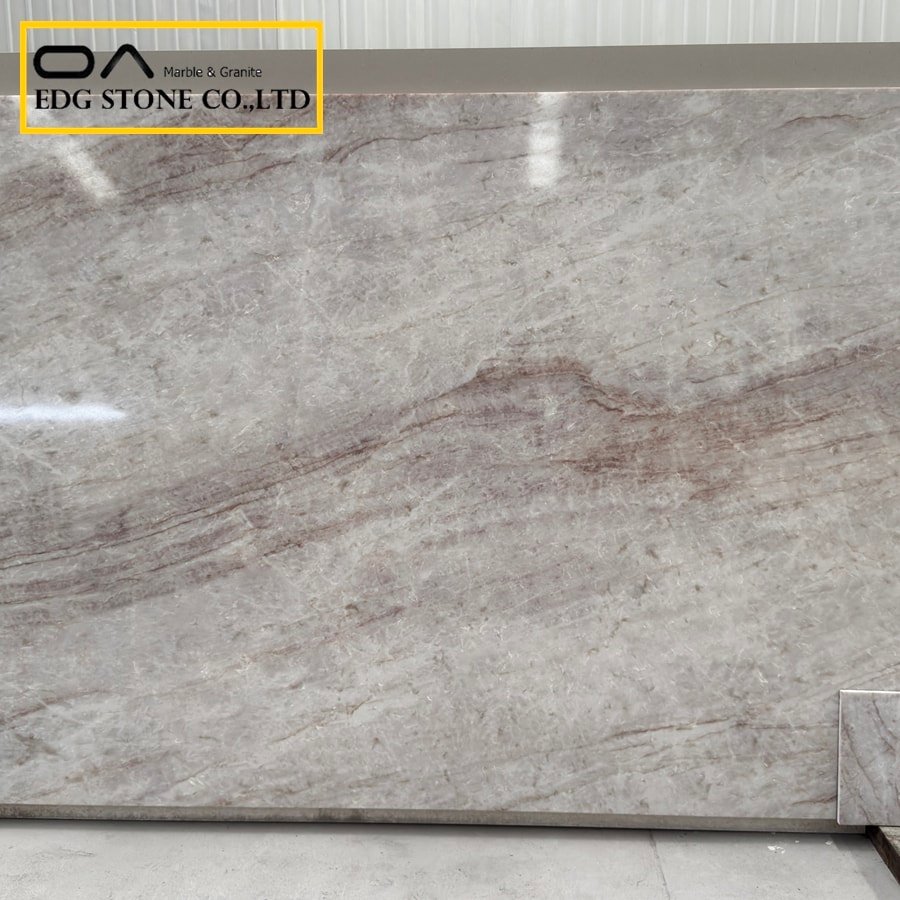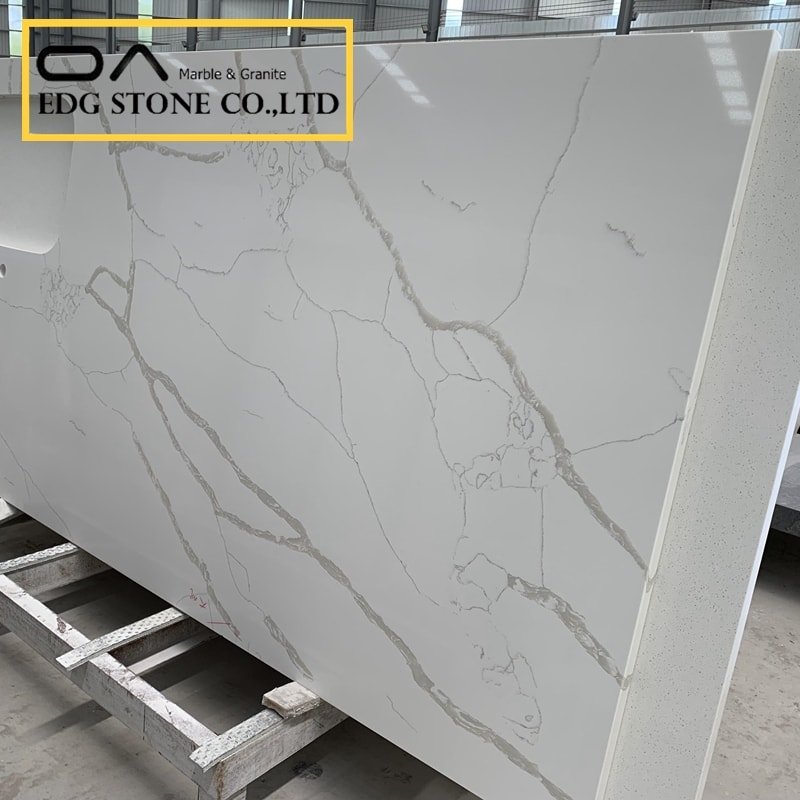Kitchen decoration is very important in home decoration, especially the choice of materials such as cabinets, door panels, and countertops. The cabinet body must be environmentally friendly, the door panel must be corrosion-resistant, and the countertop must be strong. This is the basic common sense for selection.
At present, the mainstream materials of countertops are quartz stone, artificial stone, natural stone, and the use rate of stainless steel is gradually decreasing. Simply put, artificial stone is made of resin, aluminum powder (calcium powder), pigments, and curing agent; quartz stone is artificially synthesized by high pressure and high temperature with quartz crystal plus resin and other additives because the plate contains up to 93% of quartz sand is called quartz stone, which is also the product with the highest selection rate.
Because the price of quartz stone is higher than other stones, some unscrupulous merchants will add calcium carbonate in order to reduce costs. Calcium carbonate is the main component of limestone, which is corrosive to a certain degree. If food is in contact with countertops containing more calcium carbonate for a long time, it will cause certain pollution, and human consumption may cause a certain impact on the digestive tract.
How to identify the calcium powder contained in the quartz stone slab? In fact, the identification method is very simple. Everyone knows that a chemical reaction occurs when calcium comes in contact with acid. You can use oxalic acid or household toilet cleaner or vinegar. If bubbles appear on the surface of the board, it means that the board contains calcium powder.








